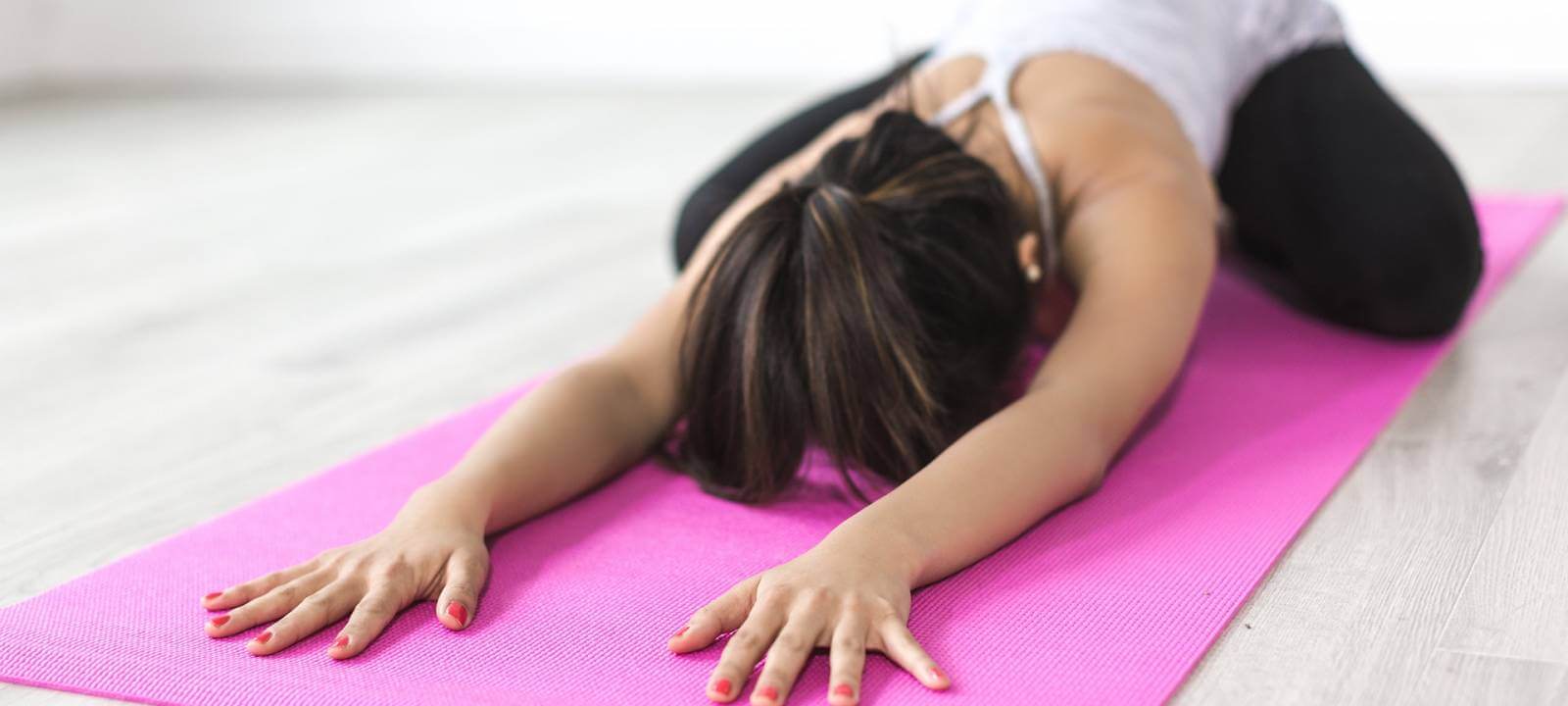Planning a yoga retreat can be a deeply rewarding experience, but with the responsibility for choosing and booking a venue, planning the agenda and marketing the event, there’s lots to think about beyond just teaching your classes. Yoga enthusiast, Charlotte Goldthorpe, shares her five steps for planning a retreat that reflects your intentions.
Step 1: Visualise your yoga retreat
Before you start the planning process, take a few moments to contemplate the kind of experience you want to create for your students. Write down your vision for the retreat to help you stay focused. Where do you want to go? What is important to you? What kind of experience would you enjoy yourself?
Step 2: Choose your venue
It’s a good idea to visit venues before booking so you can experience them for yourself. It also means you’ll be able to plan the route. Consider whether the venue has space for yoga? Can the venue recommend other activities in the area? How many people does the venue accommodate for? Ultimately, you’ll want to know how much it’s all going to cost, so I’d advise speaking to the owner of the venue to discuss your requirements early on in the process.
Step 3: Plan your timetable
Once you’ve got the logistics of the retreat sorted, you can get onto the important task of planning your classes. Remember to leave time between classes for guests to spend how they wish, whether it’s taking a stroll in the grounds or burying their head in a good book.
We’d also recommend offering opportunities to try out other activities to complement your retreat. For example, if you’re organising a countryside retreat you could plan some horse riding, walking or cycling.
Don’t forget the all-important weather! Check if you’ll be able to practice outdoors and whether you can take the class indoors in case of rain. It’s also worth asking whether there is air conditioning or heaters.
Step 4: Provide nourishment
You’ll want your students to feel nourished during the retreat, with a range of wholesome foods on offer, as well as making sure you’re able to cater for different diets. We’d recommend working with the venue to find a caterer to suit your requirements or ask if they could recommend nearby cafes and restaurants to accommodate you. Alternatively, consider venues where you can make your own food onsite. Spicer Manor has a well-equipped kitchen to cater for large groups.
Step 5: Promote your retreat
Before marketing your retreat, think about your target audience. Are you aiming it at beginners or more advanced yogis? Will there be a mix of styles? Can both men and women attend?
Once you’ve set out your key messages, share the news with your current students in class and via email too. They are, after all, your biggest fans and can help spread the word.
Once you’ve gauged the level of interest among your regulars, share the news on your social media channels. Ask the venue for pictures to help ‘sell’ the retreat so people can picture the type of experience on offer.
Step 6: Enjoy the retreat and get to know your participants
Each participant will have different reasons for attending your yoga retreat so try to find out more about them and what they want to get out of the sessions. Not everything will be perfect, so try not to stress too much. If you’re enjoying the retreat, it’s likely that the participants will be too.
Step 7: Ask for feedback and reviews
How did it all go? It’s important to get feedback on your retreat to help improve your next one. You could ask the participants to fill in a simple feedback form before they leave or send out a brief online survey. Posting positive reviews on your website and social media channels will help promote your next retreats.
If you’re planning a yoga retreat, Spicer Manor provides the perfect backdrop to a yoga retreat, set in the beautiful Yorkshire countryside. Your students will be able to switch off from the world around them and totally chill out.
To discuss your requirements, please contact our bookings team on 07921 138 696 or email hello@spicermanor.co.uk.





